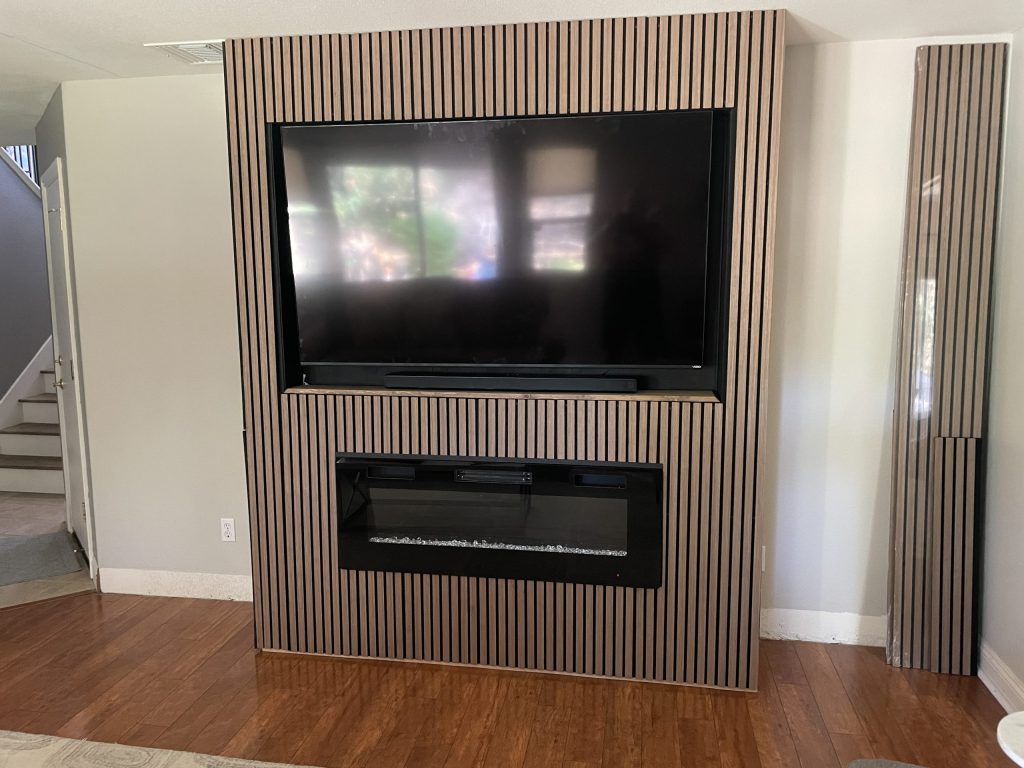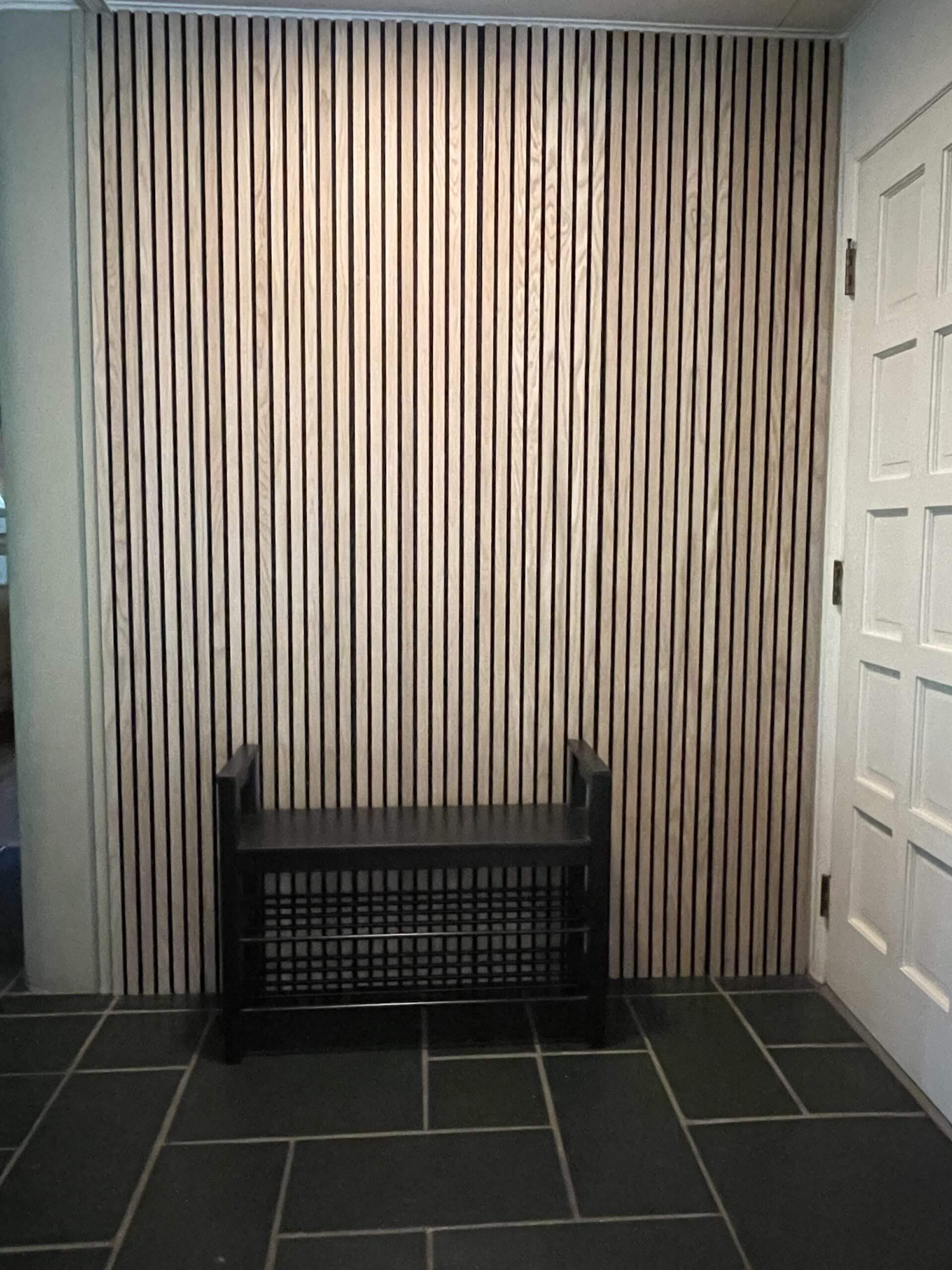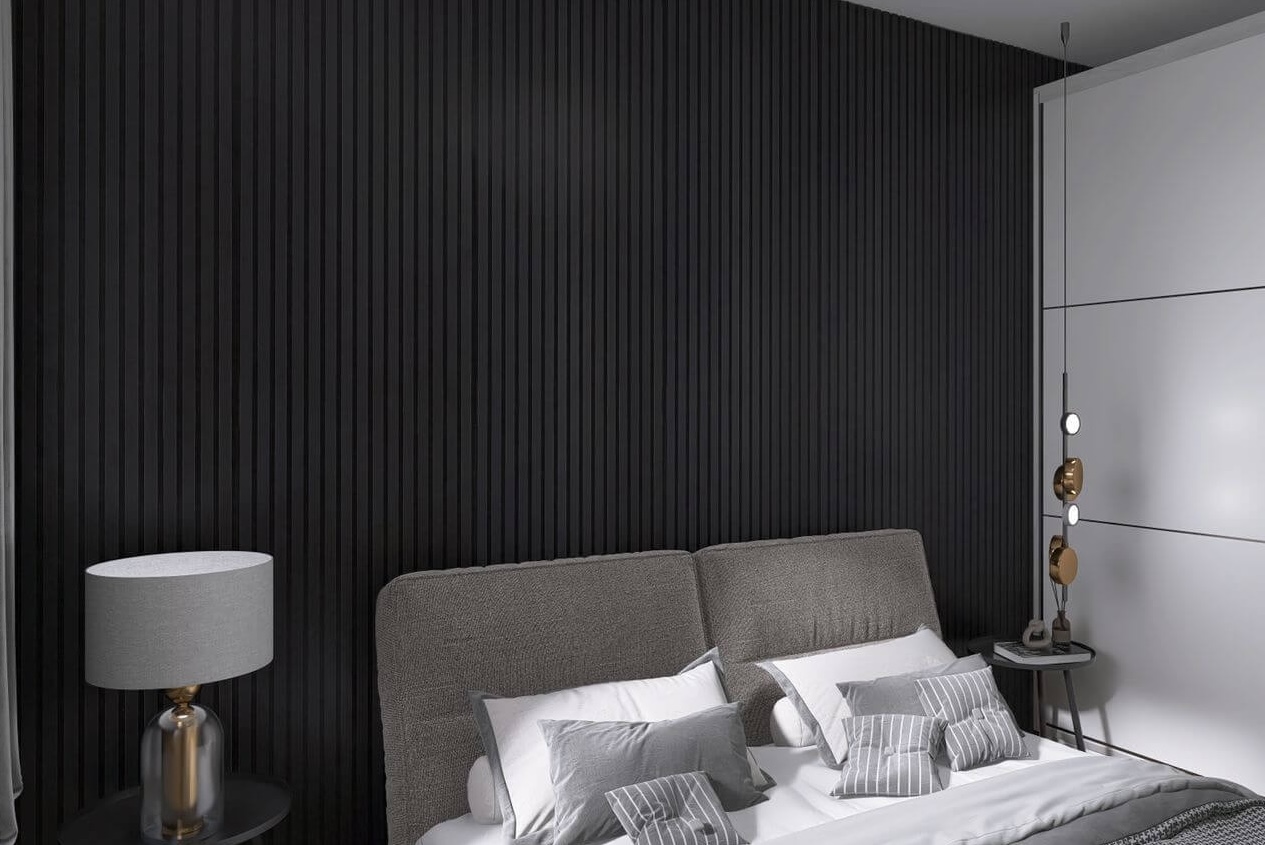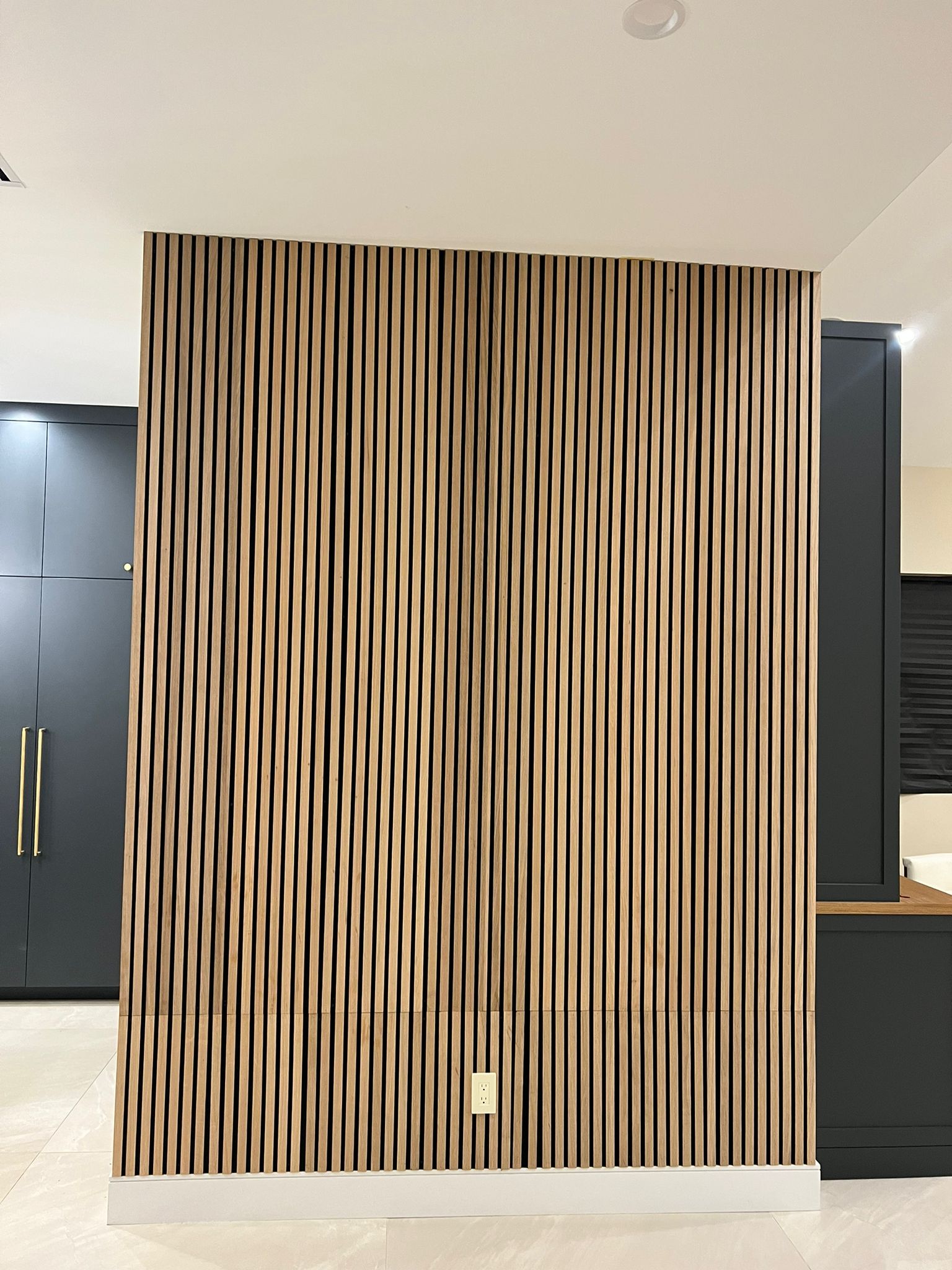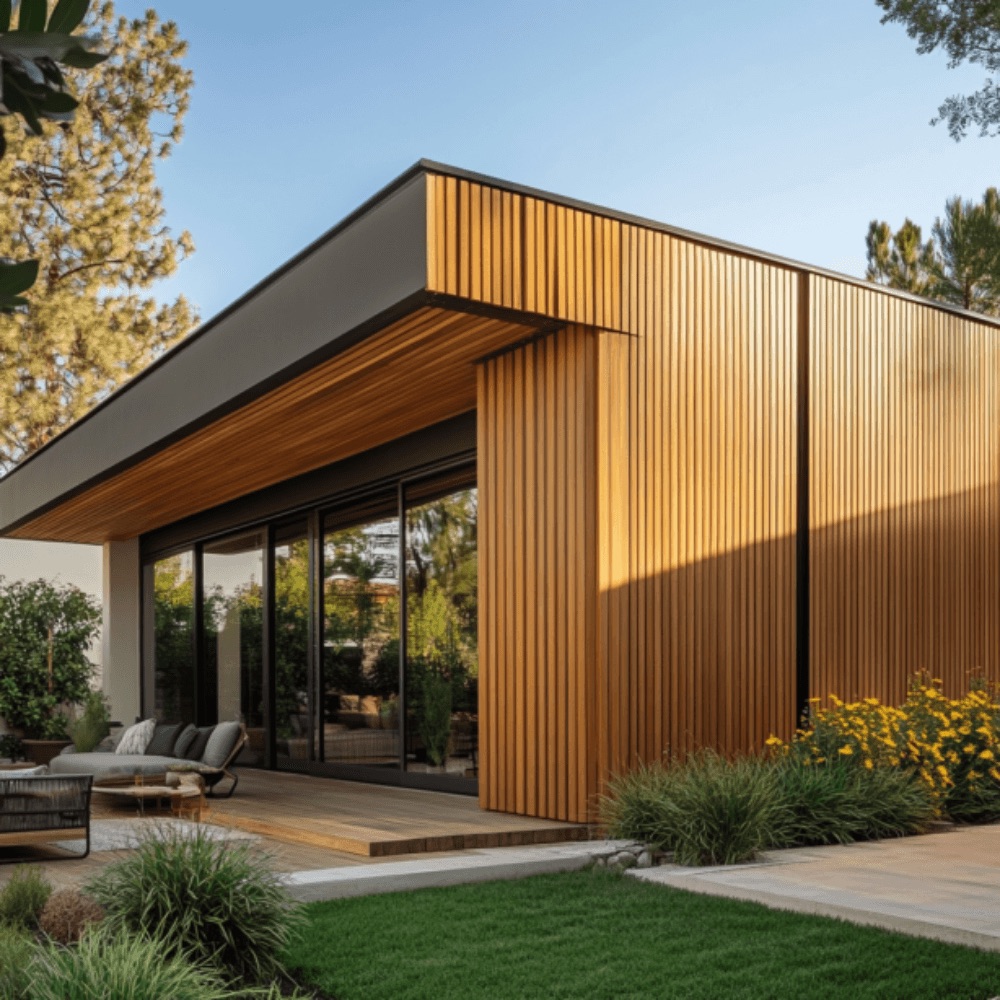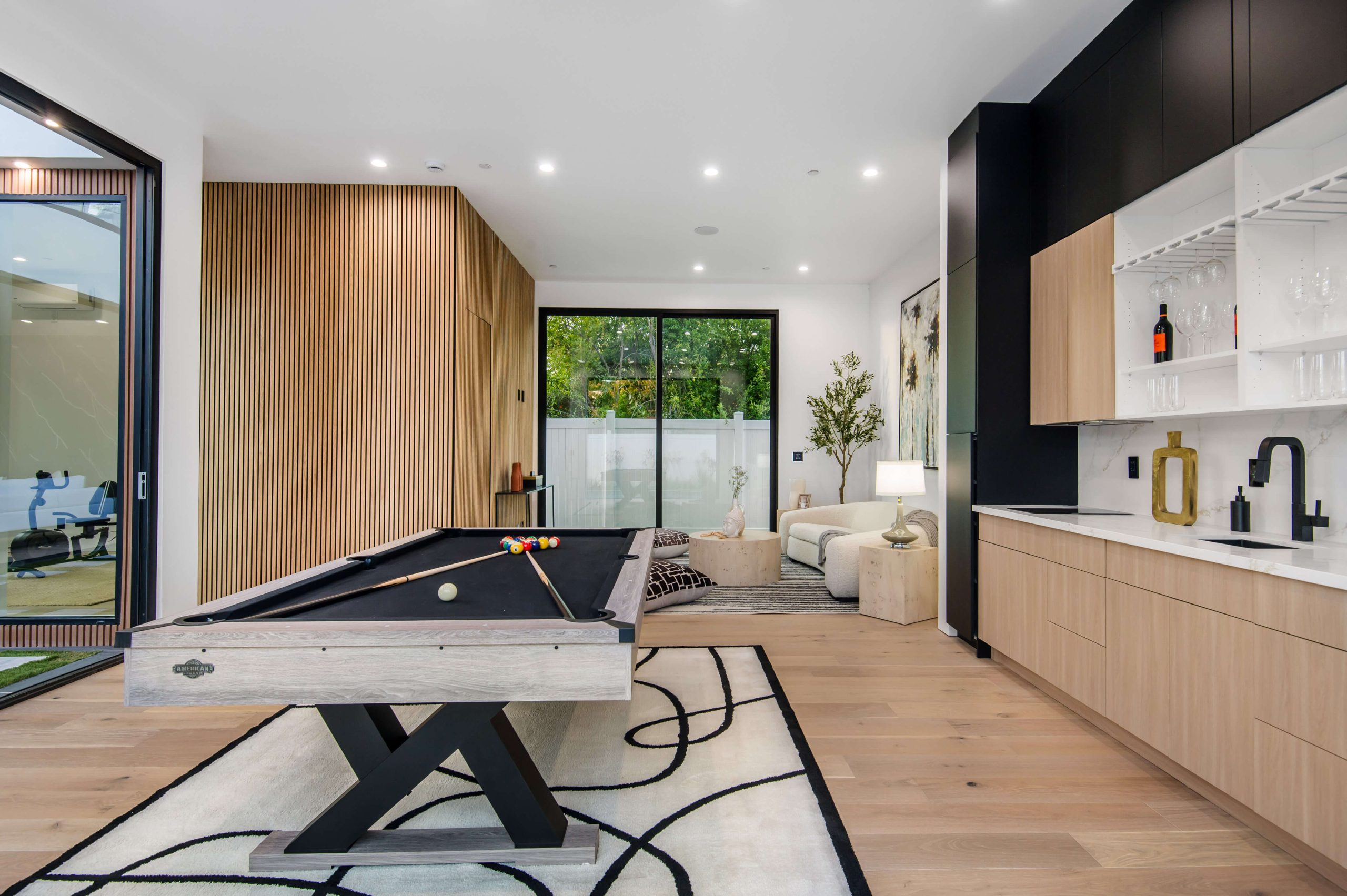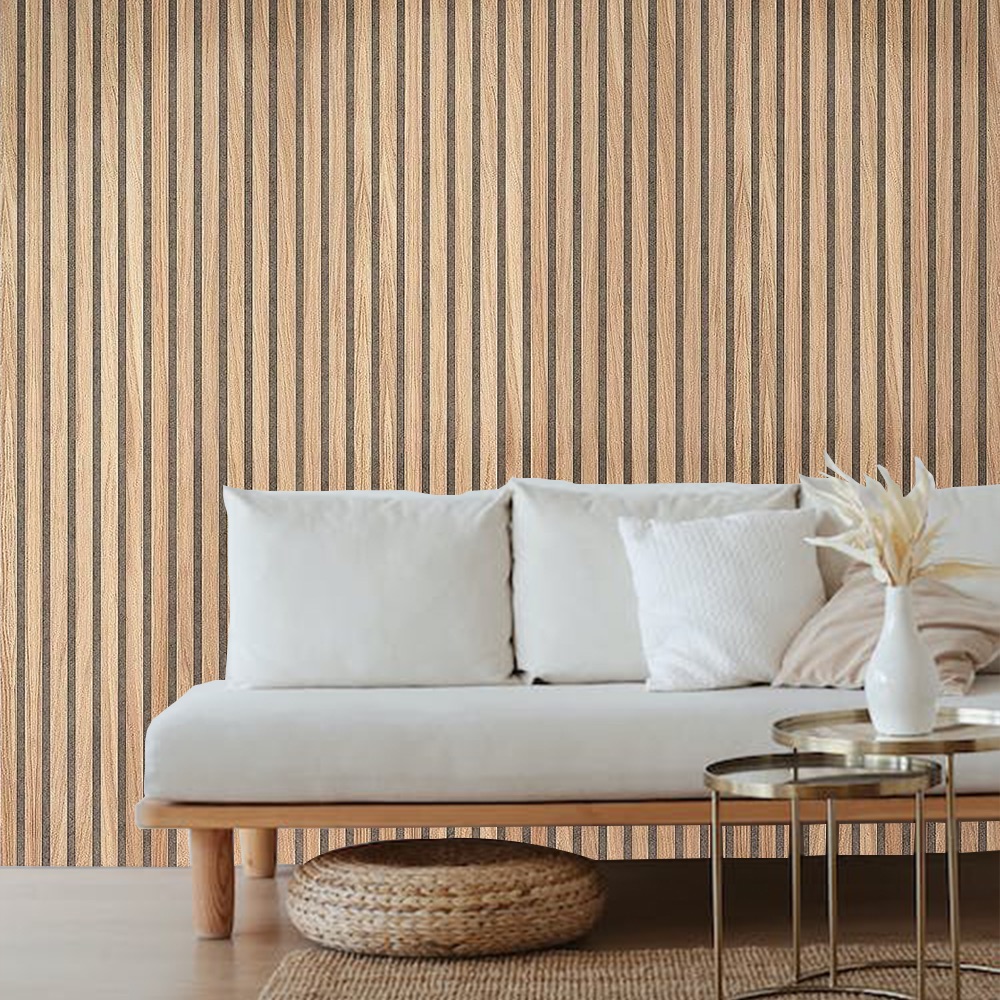There’s something special about a room that makes you stop and say, “Wow.” That wow-factor often starts with the walls. If you’re dreaming of adding character and charm without spending a fortune, a DIY wood accent wall might be your perfect weekend project. We’ve seen how a simple wall makeover can transform a space from plain to cozy, warm, and magazine-worthy. Even better? You don’t need to be a pro to pull this off.
Why Choose a DIY Wood Accent Wall?
A DIY wood accent wall adds texture, warmth, and personality. It becomes the centerpiece of a room—whether in the living room, bedroom, hallway, or even your home office. Plus, it’s budget-friendly, renter-friendly (if done right), and fully customizable. With a few basic tools and a bit of creativity, you can make your wall stand out in a way that feels totally you.
Let’s talk benefits:
- Adds depth and style to any room
- Hides imperfections on existing walls
- Customizable with stains, paints, or finishes
- Increases home value with an updated look
A DIY wood accent wall isn’t just for style—it’s also a smart move.
Planning Your DIY Wood Accent Wall
Before you start hammering away, take a moment to plan. Ask yourself:
- Which wall do I want to highlight?
- What wood tone matches my space?
- Do I want a rustic, modern, or natural look?
You’ll need:
- Measuring tape
- Level
- Pencil or chalk
- Stud finder
- Nail gun or construction adhesive
- Wood panels (reclaimed wood, shiplap, or acoustic slat panels)
- Sandpaper and paint or stain (optional)
Don’t forget safety gear—goggles and gloves help keep you safe from splinters and dust.
For a premium, acoustic touch, check out these Natural Oak Acoustic Slat Wood Wall Panels. They offer both beauty and sound absorption—great for living rooms or entertainment areas.
Picking the Right Wood for Your Accent Wall
Choosing wood isn’t just about color—it’s about vibe. Want a cozy cabin feel? Go rustic. Prefer clean and sleek? Choose smooth, modern panels. Here’s a quick breakdown:
Types of Wood Paneling:
- Shiplap: Smooth, overlapping edges for a clean finish.
- Reclaimed wood: Weathered, full of character, and eco-friendly.
- Beadboard: Classic cottage style with vertical grooves.
- Acoustic slats: Modern, linear, and great for sound control.
You can find high-quality panel options through this wood panel store online, which makes it easy to match your exact style.
Step-by-Step: How to Install a DIY Wood Accent Wall
- Measure your wall – Measure both width and height. Multiply to get square footage so you’ll know how much wood you need.
- Find the studs – Use a stud finder and mark them. Nailing into studs gives stronger support.
- Cut the panels – If needed, trim the wood to fit your wall. Use a miter saw for clean, angled cuts.
- Layout first – Before attaching, lay panels on the floor in the pattern you want.
- Attach the wood – Nail or glue the boards to the wall, starting from the bottom. Use a level often to keep things straight.
- Finish and seal – Sand rough edges and apply stain, paint, or sealant for a polished look.
That’s how easy a DIY wood accent wall can be! Within a few hours, your space starts to come alive.
Tips for a Smooth DIY Wood Accent Wall Experience
A few smart tricks go a long way:
- Let wood acclimate indoors for 2–3 days to avoid warping.
- Start in the corner or center of the wall, depending on your pattern.
- Use spacers for uniform gaps between planks.
- Keep a damp cloth nearby for glue spills.
- Label panel backs with numbers if you’ve pre-laid them out.
Also, don’t skip this detailed guide featuring top 10 wood panel wall ideas. It’s packed with inspiration to spark your creativity.
Creative Layout Ideas for Your DIY Wood Accent Wall
Think beyond basic horizontal planks. Here are a few layout ideas:
- Chevron or Herringbone – Elegant patterns that create visual movement.
- Vertical Slats – Make ceilings feel taller.
- Framed Centerpiece – Highlight one portion with a framed layout.
- Mixed-width Boards – Use different widths to add texture.
You don’t have to go big to make a big impression. Even a small wall section can make a dramatic impact.
Popular Wood Panel Terms and What They Mean
Let’s break down some common terms you’ll see:
Glossary of Wall Panel Terms:
- Tongue & Groove: Boards that lock together for a seamless look.
- MDF: Medium-Density Fiberboard, a budget-friendly option.
- Backer Board: A base layer to support panels.
- Finish Grade: Indicates the smoothness and quality of the surface.
- Furring Strips: Wood strips attached to the wall to create a flat surface.
- Butt Joint: Where two panels meet edge-to-edge.
Knowing these terms helps you shop smarter and install easier.
Maintenance and Upkeep
A DIY wood accent wall is low-maintenance but does need some love now and then:
- Dust weekly with a microfiber cloth
- Avoid direct sunlight to prevent fading
- Use wood-safe cleaners for spot cleaning
- Re-seal every few years if exposed to moisture
This small effort keeps your wall looking as fresh as day one.
Wrap-Up and Final Thoughts
A DIY wood accent wall isn’t just about wood on a wall—it’s about creating a space that feels like home. With the right tools, a bit of patience, and your own style, it’s absolutely doable. Whether you’re going rustic, modern, or somewhere in between, the transformation is always worth it.
Feeling inspired? Explore more styles and materials on the best wood panel wall site and take your space to the next level. Let your walls speak your style—start your DIY wood accent wall today.
FAQs
1. How hard is it to build a DIY wood accent wall if I’ve never done one before?
It’s easier than you might think! You don’t need to be a contractor or have fancy tools. If you can measure, cut, and use a nail gun or glue, you can definitely build a DIY wood accent wall. Just follow each step carefully, and take your time planning your layout before attaching anything to the wall.
2. What kind of wood should I use for my accent wall?
It depends on the look you’re going for. If you want something sleek and modern, go for slat panels or smooth shiplap. For a cozy or rustic feel, reclaimed wood is a great choice. You can even explore premium acoustic slat panels for both beauty and sound control.
3. Can I install a wood accent wall without damaging the existing wall?
Yes, especially if you’re renting or just want flexibility. Use construction adhesive or removable mounting tape for lightweight panels. Avoid too many nails or screws. Just be sure to test a small area first and check with your landlord if needed.
4. How much does a DIY wood accent wall usually cost?
The cost can range from $100 to $500 depending on the size of your wall and the type of wood panels you choose. If you’re using high-end panels like those from this online wood panel store, you’ll get better quality and durability—which can save money long-term.
5. Will a wood accent wall make my room look smaller?
Not at all—if anything, it can add depth and style that makes the space feel more finished. Try vertical slats to create the illusion of taller ceilings, or use lighter wood tones to keep things bright and open.

